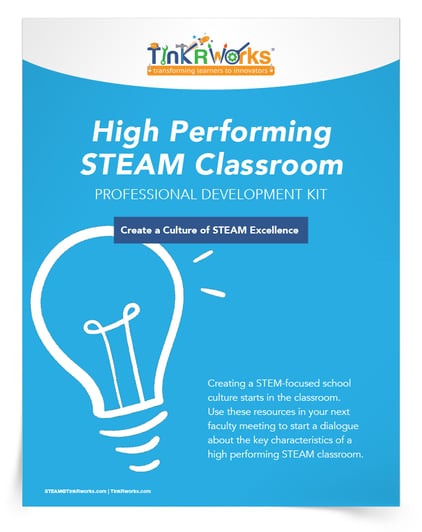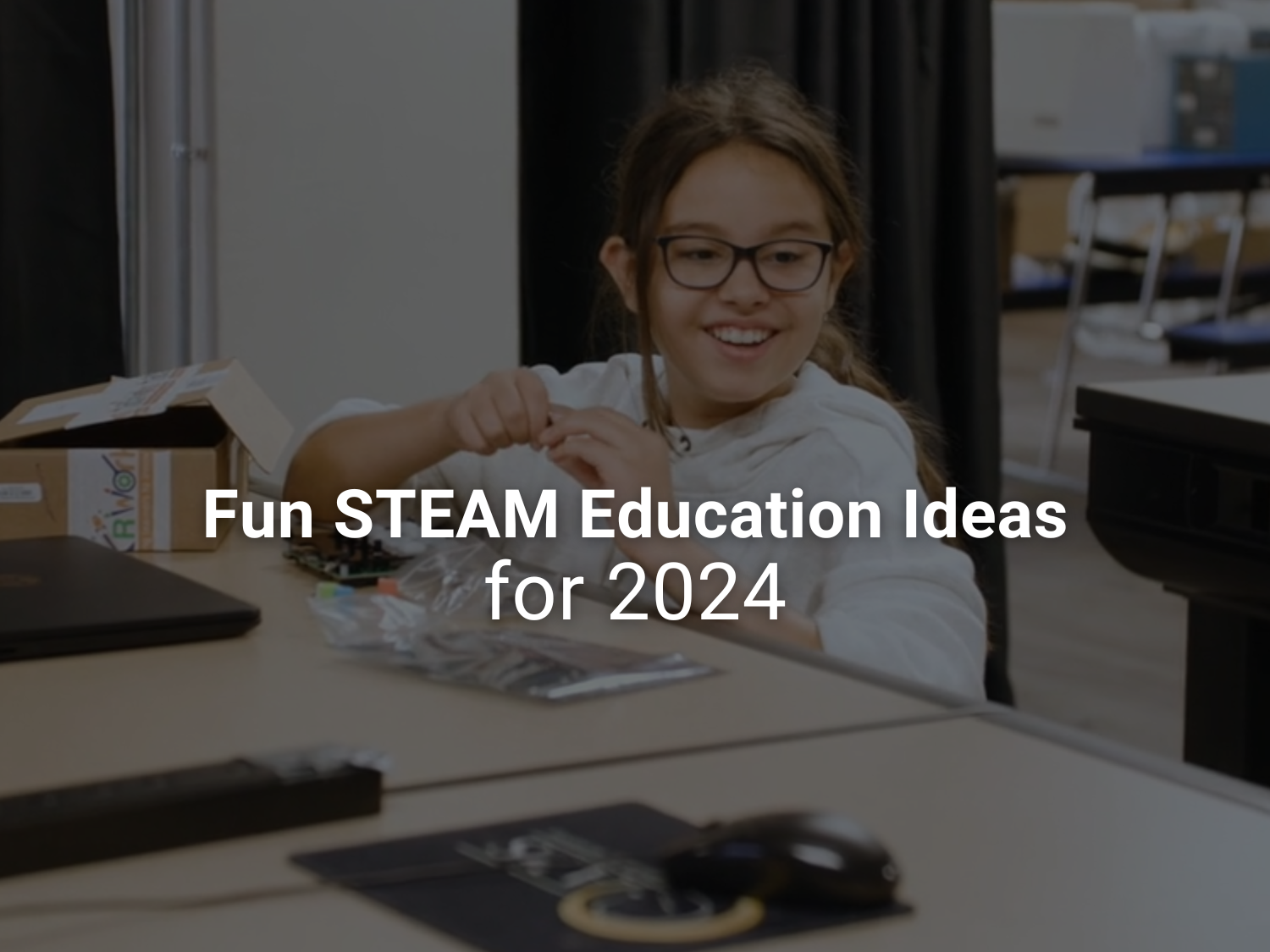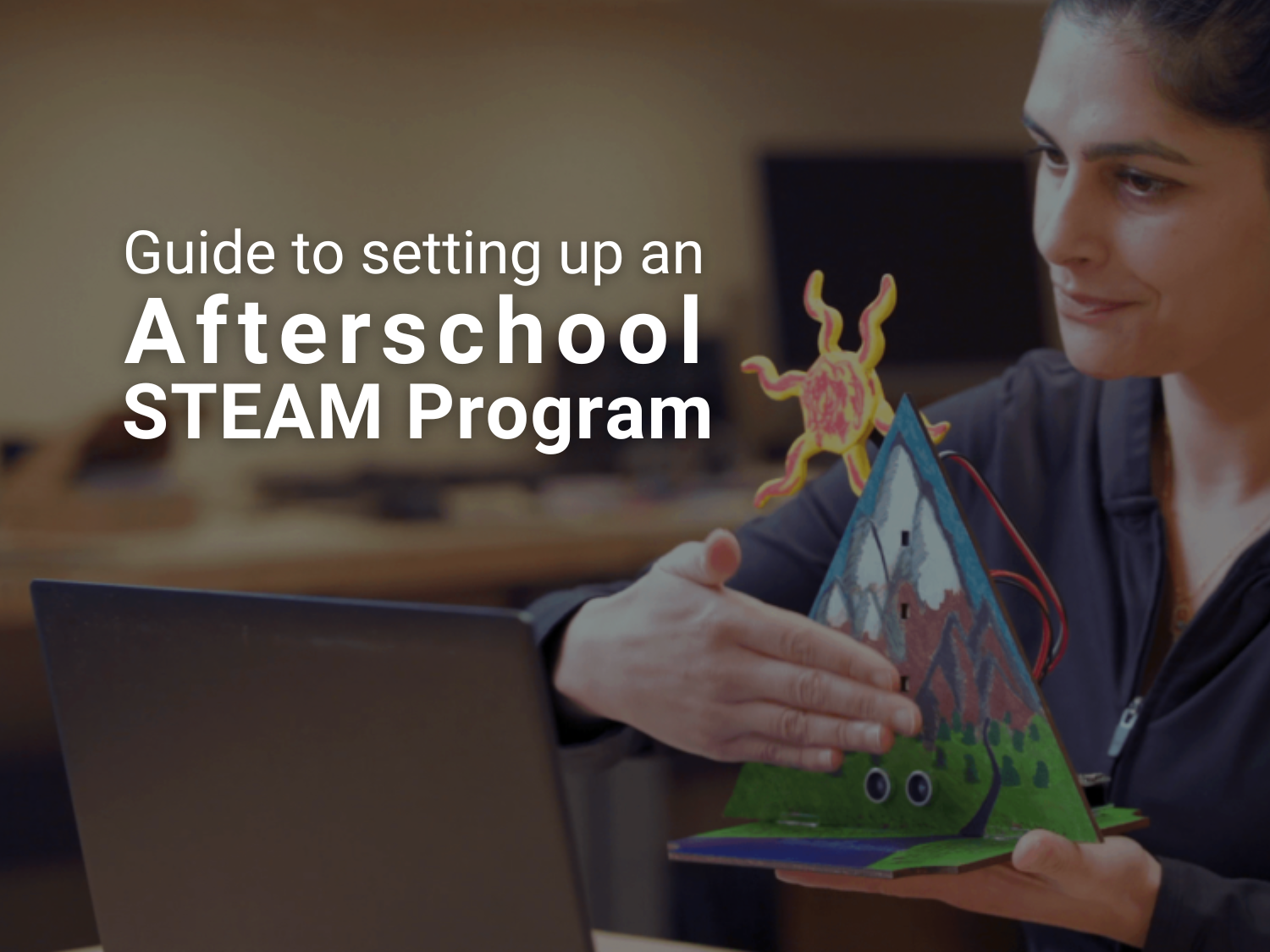3 Ways Educators Can Enhance STEAM in the Classroom
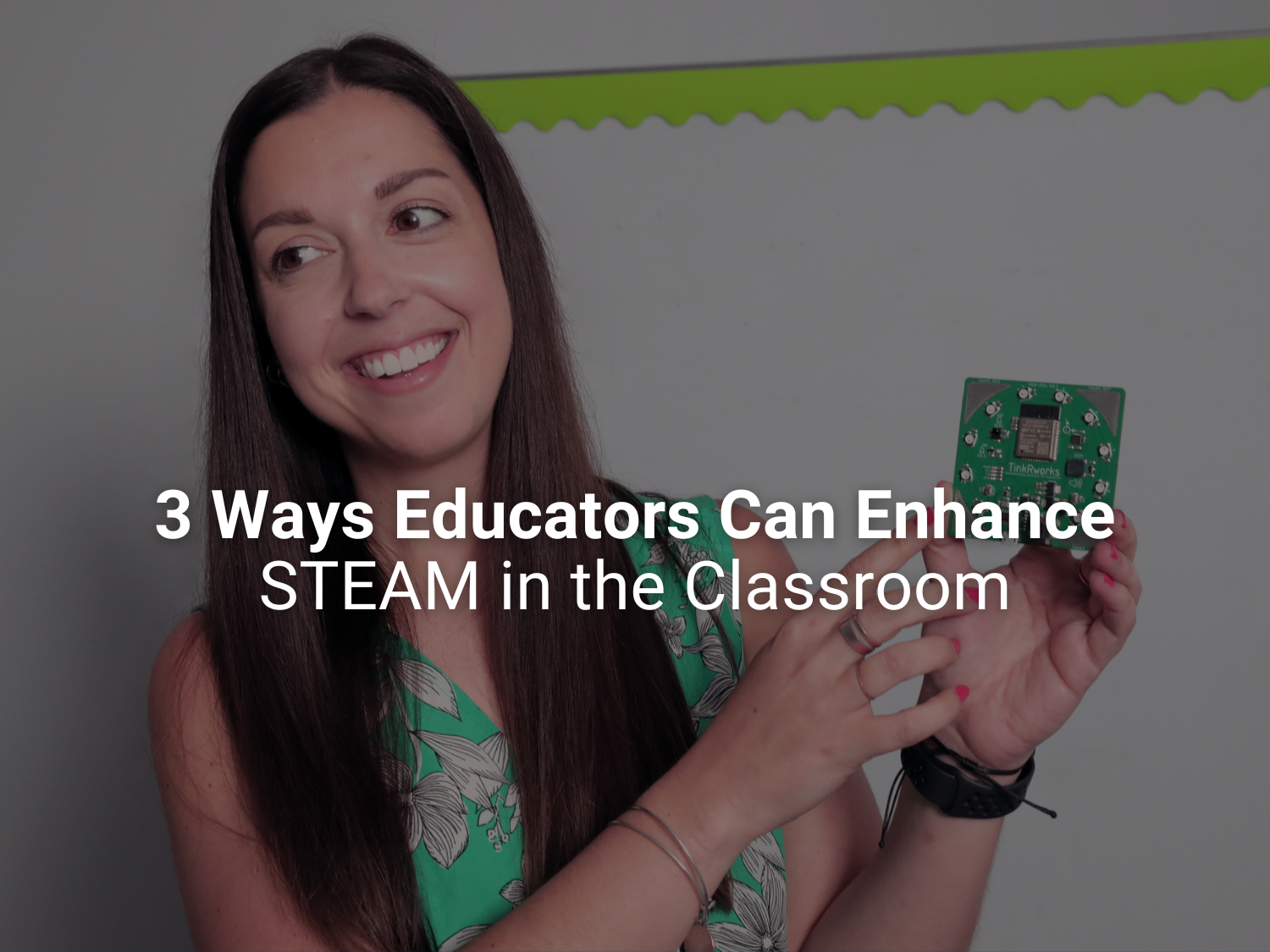
One of the biggest educational challenges for K-8 STEAM education is that there aren’t many guidelines or models for teachers to follow while integrating a STEAM curriculum. Even as more and more districts adopt bold STEAM vision statements, the STEAM disciplines are still often taught in silos – and rarely do they intersect.
Below, we will outline and examine three important things educators can do to break down barriers and forge new ways of thinking about STEAM classroom practices.
3 Ways to Enhance STEAM in Classrooms
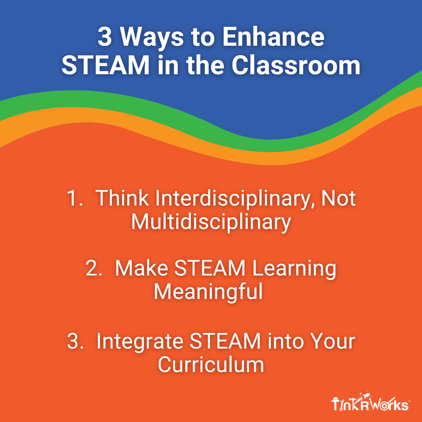
1. Think Interdisciplinary, Not Multidisciplinary
STEAM integration in the classroom can be complex and challenging, as integration of subjects is more than a matter of simply putting different subject areas together. The idea of curriculum integration is derived from educators’ awareness that real world problems are not separated into isolated disciplines. We need to get better at learning how to teach content that cuts across the disciplines.
One scholar used the metaphor of chicken noodle soup versus tomato soup to illustrate the differences between “multidisciplinary” and “interdisciplinary.” Try to picture the two soups in their own respective bowls.
-
-
The multidisciplinary approach is characterized by the chicken noodle soup. Each ingredient (or each subject) maintains its own identity in the overall mix. In this format, a student can easily identify each separate ingredient/subject while taking in the soup. In the end, though, the ingredients are all necessary pieces to the whole dish.
-
The interdisciplinary approach is represented by the tomato soup in this metaphor about integration. Here, all ingredients/subjects are mixed to the point that they cannot be separated by the student. The boundaries between subjects become blurry in this approach.
-
Overall, multidisciplinary begins and ends with the subject-based content and skills, and students are expected to connect the content and skills in different subjects that had been taught in different classrooms.
As for interdisciplinary, the approach begins with a problem or an issue that centers the content and skills in multiple disciplinary subjects. The concepts of interdisciplinary integration are interconnected beyond a theme, such that they cut across subject areas and focus on interdisciplinary content and skills, rather than subject-based content and skill.
Educational researchers suggest that an interdisciplinary curriculum is the most effective form of curriculum integration. This is an important way to think about STEAM. Interdisciplinary curricula start with real world problems or issues. Skills centered around critical thinking, problem-solving skills, and making connections with learning experiences that relate to personal meanings are essential to interdisciplinary learning.
2. Make STEAM Learning Meaningful
Educators know that the traditional approach of telling students what they need to know may lead to simple memorization of facts. This often fails to promote meaningful, long term learning. Comprehension occurs when learners make connections between prior knowledge and new experiences within real world contexts. Researchers point out that separated subject areas restrict learning by making learners alienated from real world experiences.
Curriculum integration gives students more meaningful learning experiences by connecting disciplinary knowledge with personal and real-world experiences. Curriculum integration involves four major components:
-
-
Integration of experience: The integration of experience is learning that involves integrating past experiences to make meaning of new experiences or replace existing knowledge.
-
Social integration: Social integration is when we have learners collaborate and share knowledge and experience to make learning more accessible and meaningful.
-
Integration of knowledge: The integration of knowledge emphasizes that knowledge is constructed by individuals through active thinking in approaching issues in their life. In other words, when solving a real problem in life, knowledge is not accessed as separate subjects.
-
Integration as a curriculum design: Integration as a curriculum design advises the organization of curriculum around problems and issues that are of personal and social significance in the real world. Simply put, curriculum integration provides:
-
A framework for integrating meaningful content in real-life problem-solving settings.
-
Learning experiences that connect learners’ prior knowledge with real-world contexts, as well as an environment where meaningful collaboration is needed.
-
-
3. Integrate STEAM into Your Curriculum
Thinking about STEAM as a type of interdisciplinary integrated curriculum is critical. It becomes a curricular approach that truly integrates science, technology, art, engineering, and mathematics. STEAM integration offers students one of the best opportunities to experience learning in a real-world situation, rather than to learn bits and pieces and then to have to assimilate them later.
While districts claim to be making room for STEM, many educators report that many of their peers and administrators still think that STEM is being integrated, for example, when math is being taught. In other words, just because you are teaching math does not mean you are leading a STEAM-rich discussion. Science alone is not STEAM. The idea that STEAM is interdisciplinary is still often misunderstood.
Engineering standards have taught us that STEAM education should apply knowledge of mathematics, science and engineering, design, and conduct experiments, analyze and interpret data, and communicate and collaborate.
It is true, effectiveness studies suggest that an effective STEAM education should not only focus on science content, but also foster ‘‘inquisitiveness, cognitive skills of evidence-based reasoning, and an understanding and appreciation of the process of scientific investigation.” Ultimately, researchers provide clear criteria for what effective STEAM instruction should look like in a classroom – one that teaches students how to perform as:
-
-
problem-solvers
-
innovators
-
inventors
-
logical thinkers
-
The STEAM classroom is also where students understand and develop the skills needed for:
-
-
self-reliance
-
technological literacy
-
Download our High-Performing STEAM Classroom Professional Development Kit to learn more about STEAM education in action.
At TinkRworks, we strive to always make learning both meaningful and integrated with our STEAM projects. Our projects allow students to develop STEAM skills while engaging with real world problems creatively. Try our introductory package of Art Electric and see for yourself!
In Conclusion
With these takeaways in mind, it is important to revisit and, if necessary, reset how you incorporate STEAM in your school. Implementing a STEAM program that is beneficial and engaging to students is easy if you take a considered, mindful approach!
Start by listing the things that are non-negotiable for your classroom. What are the characteristics of a program centered around integration and meaningful learning? Once you have your list, evaluate programs and professional development models that address your needs and equip you with the tools you need to engage in new and unprecedented ways.
-1.png?width=350&height=89&name=TinkRworks%20Logo_Learners%20to%20Innovators%20V2%20(1)-1.png)
